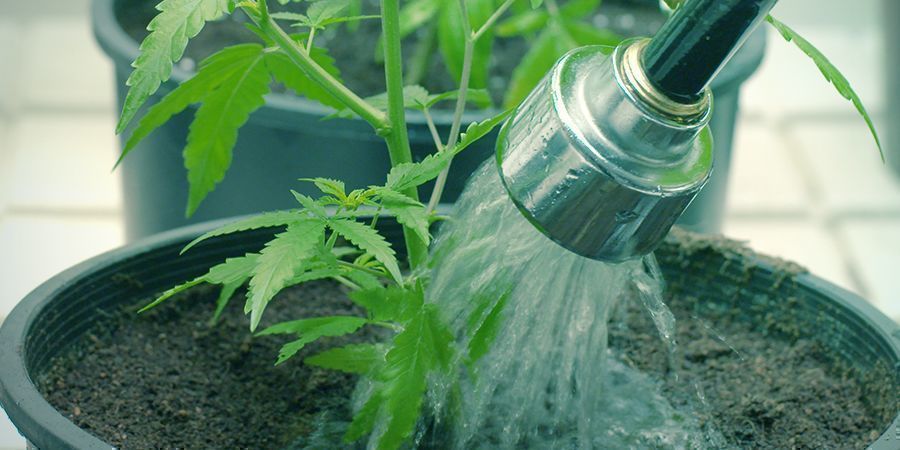Do Autoflowers Need Nutrients?
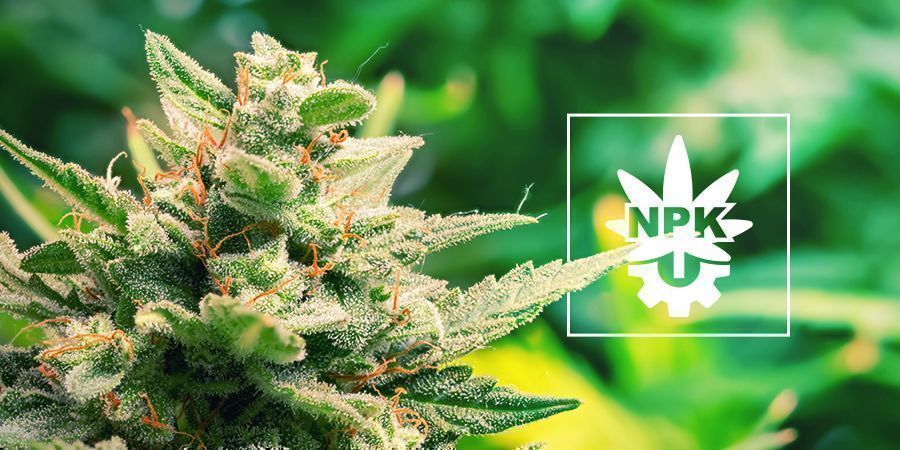
Since autoflowers have different growing requirements than photoperiod cannabis, many growers wonder if their nutrient requirements are different too. Indeed, there are some important things to know when it comes to feeding your autos. Find out more below.
Just like photoperiod cannabis, autoflowering plants need nutrients to grow and thrive. Yet, due to their genetics and unique growing characteristics, autoflowers have different nutrient requirements than “normal” photoperiod cannabis. As such, cultivators need to be aware of these nuances in feeding to achieve optimal results with their grow. Below, we provide some tips on how to feed your autoflowers properly.
DO AUTOFLOWERS NEED NUTRIENTS?
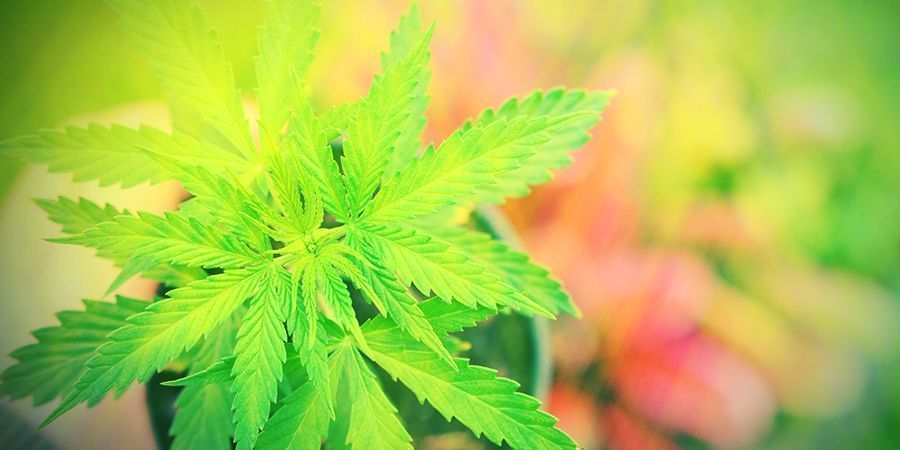
Yes! Your autoflowers still need food, but considerably less than feminized photoperiod strains. Here’s why:
- They are more compact - Autoflowers have a limited lifespan and most often remain at a small size. Smaller plants need less feeding than large ones.
- They have robust genetics - Autoflowers contain robust ruderalis genetics, which evolved under very harsh conditions. Used to growing in poor soil, they can do with much less nutrients and still thrive.
It is important to know that not all autoflowering cannabis is the same. Yes, many varieties will not get taller than 60cm and churn out average yields. But there are also newer autoflowers that reach well over a metre and boast equally astonishing yields. Always read the strain descriptions for your seeds before buying them so you know what to expect!
IS IT POSSIBLE TO GROW AUTOFLOWERS WITHOUT NUTRIENTS?
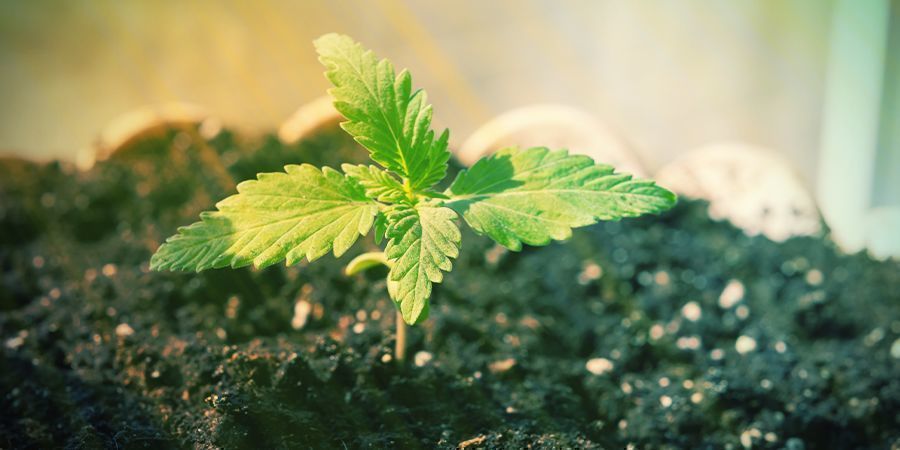
In principle, yes. It may be possible to grow an autoflower from seed to harvest without giving any extra nutrients. But this can come with some downsides: lower yields and lower-quality cannabis.
On the other hand, the question of whether you need to give additional nutes will depend on the composition of your base soil. Unfertilised soil without beneficial nutrients or microorganisms will require you to feed your cannabis. However, most commercial growing substrates already have nutrients added to them. These can support your plant for several weeks, which, for autos, is a large chunk of their lifespan. In that case, you may only need to administer a flowering supplement once or twice during bloom.
WHAT ARE THE BEST NUTRIENTS FOR AUTOFLOWERS?
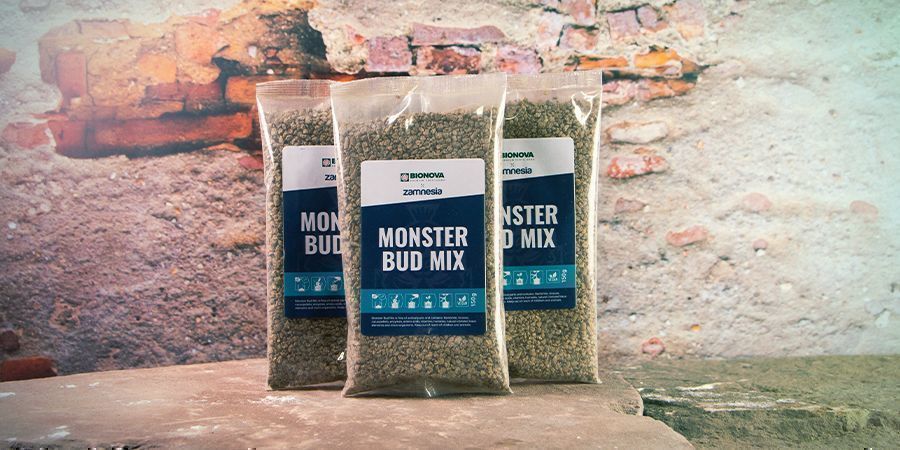
Before we talk about which nutrients are best to use for your autoflowers, let’s do a brief review of nutrients in general.
Cannabis-specific fertilisers contain all the nutrients your plants need. The main (“macro”) nutrients are nitrogen (N), phosphorus (P), and potassium (K), often displayed as a ratio of three numbers on various products. For example, if a bottle of nutrients says “3-1-2”, that means it contains 3% nitrogen, 1% phosphorus, and 2% potassium.
But nitrogen, phosphorus, and potassium are not all that your plant needs. It also needs micronutrients such as calcium, iron, copper, zinc, and others to stay healthy. Commercial nutrients will usually have both macro- and micronutrients in them.
The optimal N-P-K ratio is different during growth versus bloom. During veg, plants need comparatively higher levels of nitrogen to grow everything green, like leaves and stems. During flowering, cannabis doesn’t need much nitrogen, but instead needs more phosphorus (P) and potassium (K). This is why you will usually come across two types of cannabis fertilisers—those for vegging, and those for flowering.
The above applies to both autoflowers and photoperiod cannabis. The difference is that autoflowers normally need much less food.
HOW MUCH NUTRIENTS SHOULD YOU GIVE?
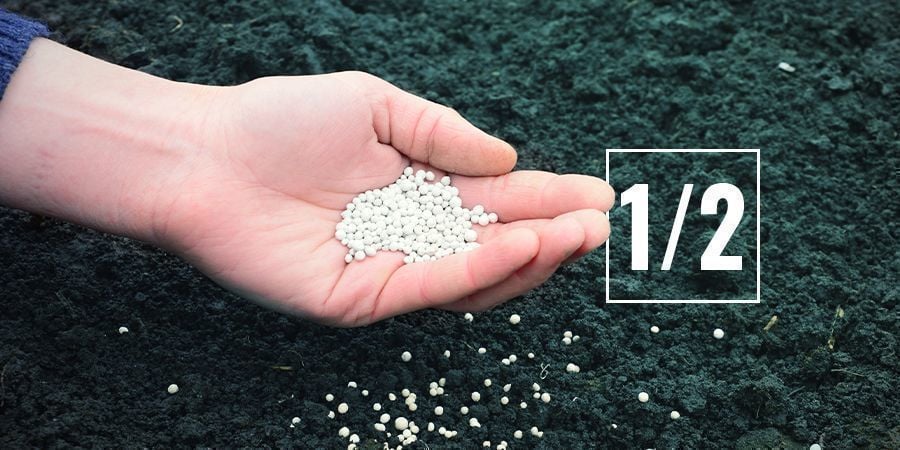
Unless you’re buying special nutrients for autoflowers, the recommended dosages on the bottle will almost always be for growing photoperiod cannabis. And this doesn’t even take into account the fact that some producers already overstate the dosage in hopes of selling more product. In short: What you read on the bottle is (likely) way too much for your autoflower.
Cut the recommended dosage in half
When feeding your autos, it’s best to start out giving only ½ or ¼ of the recommended amount. Some growers are even more careful, especially in the early stages, and give only ⅛ of a full dose.
It’s always better to err on the side of caution and give a bit too little instead of too much. If you spot signs of nutrient deficiencies (yellow leaves, etc.), you can simply increase your dosage. On the other hand, overfeeding is much more serious and can lead to all kinds of growing problems. Don’t forget that there is a good chance you may not even need to feed at all if your soil is rich in nutrients!
WHEN TO GIVE AUTOFLOWERING PLANTS NUTRIENTS?
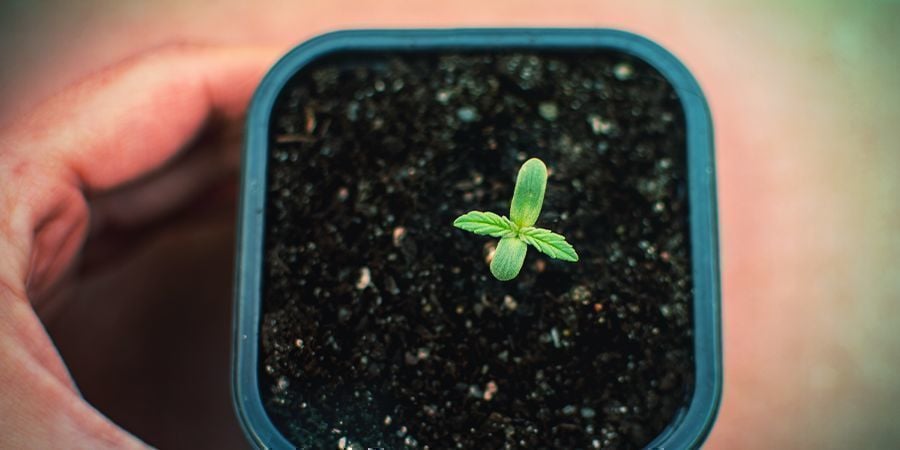
Some cultivators don’t know this, but seedlings do best when you don’t feed them at all. So, for the first couple of weeks, just give plain water to your babies. Overfeeding in the crucial seedling phase may ultimately lead to poor yields, or worse.
If you’re using pre-made potting soil with nutrients in it, or an organic super soil, you don’t need to feed your little auto for the first two weeks.
Nutrients for vegetative stage (2–4 weeks after sprouting)
Some say that autoflowers barely have a distinctive vegetative stage at all, but go straight to (pre-)flower as soon as the plant emerges from the soil. Whether this is accurate is open to interpretation, but what matters is that autos will start to bloom after 3–4 weeks of growth.
During the growing phase (2–4 weeks after sprouting), it is best to give low doses of vegging nutrients. An NPK ratio of 10-5-5 or 20-10-10 is good; remember, you want to prioritise nitrogen during this stage. Start out with ½ or even less of the recommended dosage.
Nutrients for flowering stage (4+ weeks)
When the first tiny flowers appear on your plants, you will want to switch your nutrients to a product with more phosphorus (P) and potassium (K). These elements support your plants in blooming fat, potent buds. Use an NPK ratio of 5-10-10 or similar. Some autoflower nutrients contain more phosphorus (eg. 5-15-10), and these are suitable as well.
Of course, if your cannabis nutrients are an all-in-one solution, you may not need to switch up your feeding at all. Always read up on different products before buying to ensure what you pick fits with your game plan. Just take it easy with dosing, watch your plants, and only increase if your auto shows signs of hunger.
WHEN TO STOP GIVING NUTRIENTS?
Most cannabis cultivators are of the opinion that giving nutrients right up until the end results in a chemical-y taste to the weed. As such, they usually stop feeding 1–2 weeks before harvest and flush plants with plain water to make for better-tasting weed.












 United States
United States

